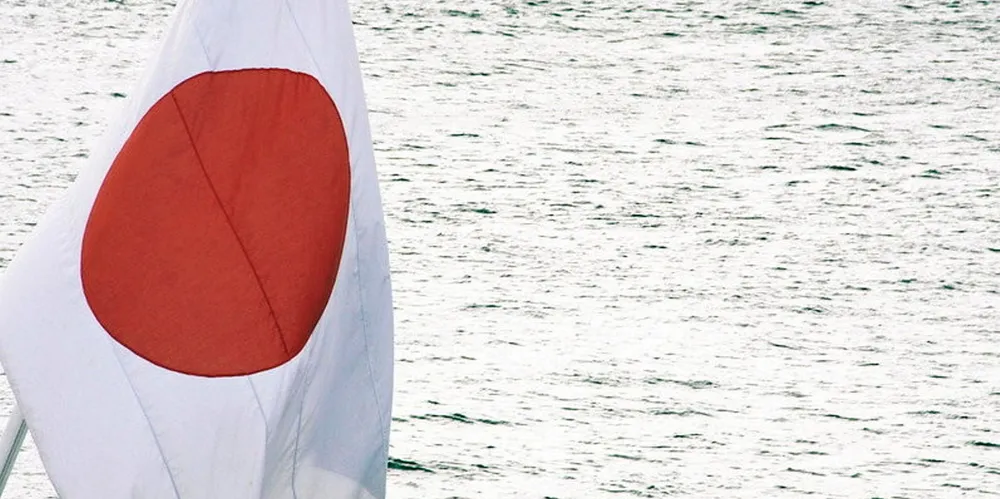Japan must address challenges to unlock ‘substantial offshore wind potential’: Fitch Solutions
Lacking economies of scale, insufficient supply chains, expensive and lengthy environmental permit processes, very deep waters and typhoons are among the challenges
